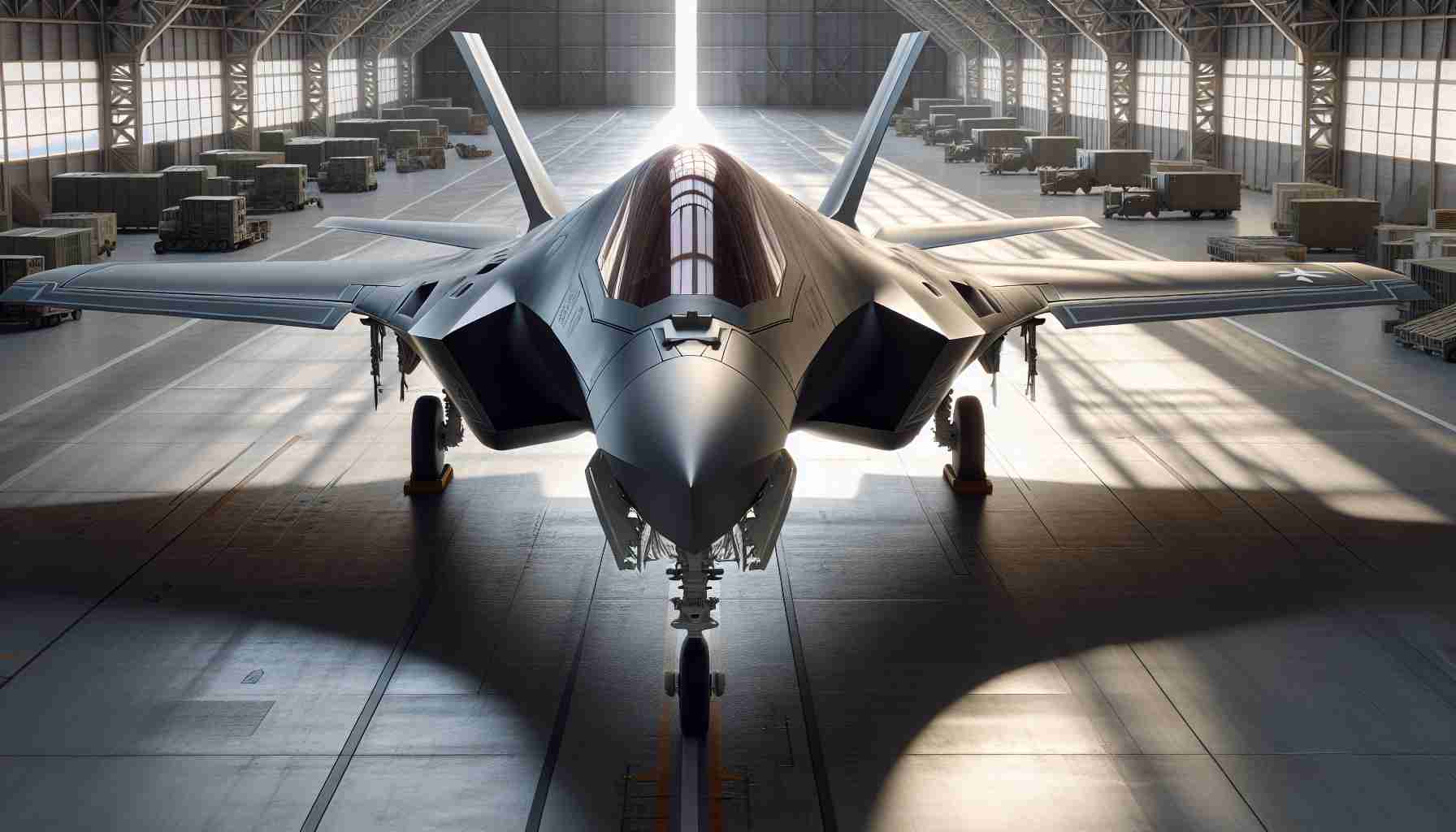The ambitious F-35 fighter jet initiative, a cornerstone of U.S. defense strategy, is facing harsh criticism for failing to deliver on its promises. Dan Grazier, a military analyst, recently expressed strong disapproval in an article for Responsible Statecraft.
The staggering costs and limited outcomes have drawn scrutiny over the program’s effectiveness. Despite being in development for over 23 years with an investment nearing $300 billion, the project has left the United States with little to show for it. Grazier argued that many within national security circles are beginning to acknowledge the program’s shortcomings, even if they are not yet vocal about it.
A major concern has been the aircraft’s performance. The newer F-35 jets reportedly offer only limited combat capabilities, while the ones in current use suffer from reliability issues. Grazier noted that this has led to heightened skepticism about the program’s ability to meet the ever-evolving demands of modern warfare.
Supporters of the F-35 have emphasized its economic impact, attempting to justify continued funding in the face of criticism. However, this argument appears to be a tactic aimed at deterring budget cuts, according to Grazier. As the debate over the F-35’s value continues, questions remain whether the program can justify its hefty price tag and deliver on strategic promises.
High Costs and Limited Returns: The F-35 Fighter Jet Controversy
The F-35 fighter jet initiative, seen as a pivotal element of the U.S. defense strategy, continues to face heavy scrutiny and criticism over its enormous costs and questionable effectiveness. Despite the U.S. government pouring nearly $300 billion into its development over 23 years, results remain underwhelming. This article delves deeper into the intricacies of this controversial program.
Key Specifications and Performance Concerns
The F-35 project has been criticized for its apparent failure to meet initial performance targets. Key issues identified include:
– Limited Combat Capabilities: The new F-35 jets reportedly provide restricted combat potential, falling short of the advanced performance expected from modern fighter aircraft.
– Reliability Issues: Existing jets are plagued with operational reliability problems, casting doubt on their readiness for evolving combat scenarios.
Economic Impact vs. Strategic Value
Proponents of the F-35 project have highlighted the economic benefits, such as job creation and technological advancements, as justifications for its continued funding. However, critics argue that these economic impacts do not adequately address or compensate for the project’s strategic and operational shortcomings. The economic argument may, in fact, serve as a means to resist potential budget cuts.
Trends and Market Analysis
From a market perspective, the F-35 program’s challenges have influenced broader defense spending trends, pushing for more efficient allocation of resources. The debate also underscores the need for innovation in defense technology that prioritizes both cost-effectiveness and maximized operational capabilities.
Future Predictions and Insights
The conversation surrounding the F-35 highlights the necessity for continuous evaluation and adaptation in military projects. Predictions suggest that unless significant improvements are realized in performance and cost management, the F-35 could symbolize cautionary lessons for future defense initiatives.
Conclusion: A Program at a Crossroad
As the U.S. defense sector navigates budgetary constraints and shifting priorities, the F-35 initiative remains a pivotal case study on balancing strategic requirements with fiscal responsibility. Whether its long-term benefits will justify the substantial investment remains uncertain, urging stakeholders to continuously reassess its trajectory and potential impact within military strategies.
For more information about the broader defense landscape, visit Defense.gov.







